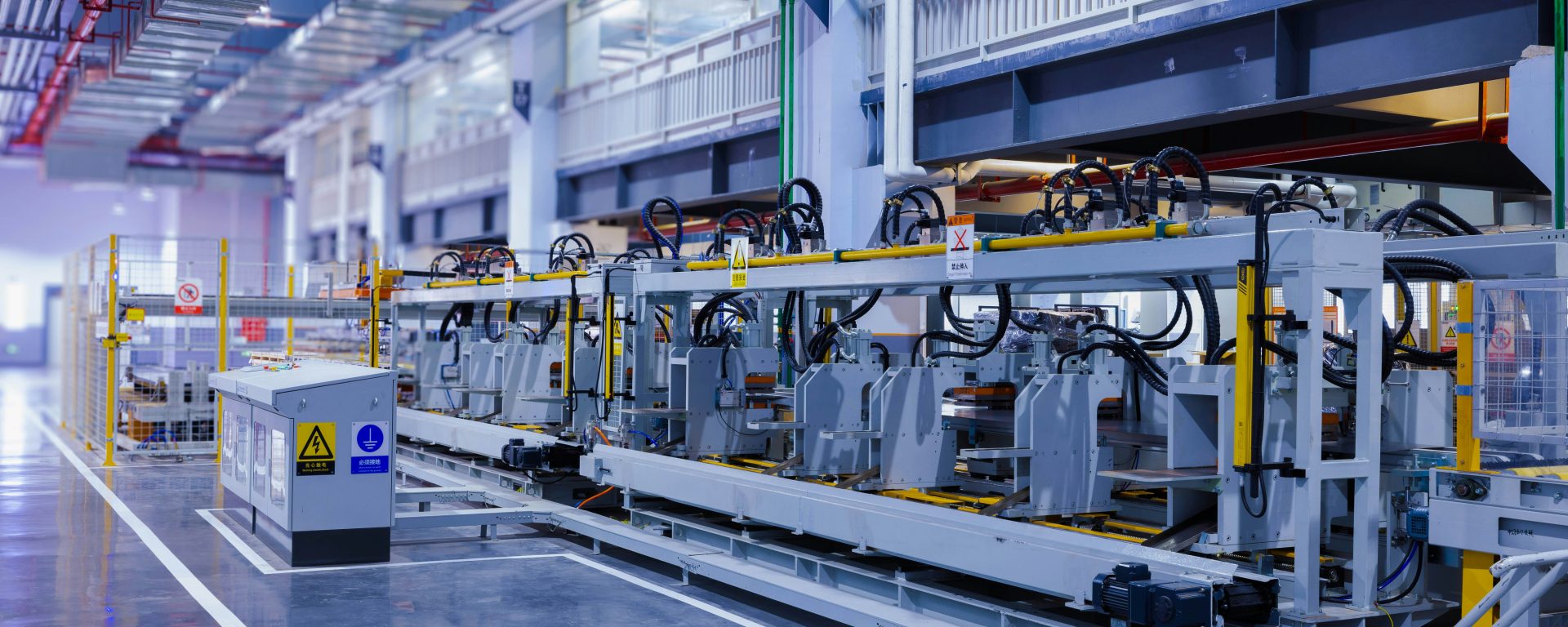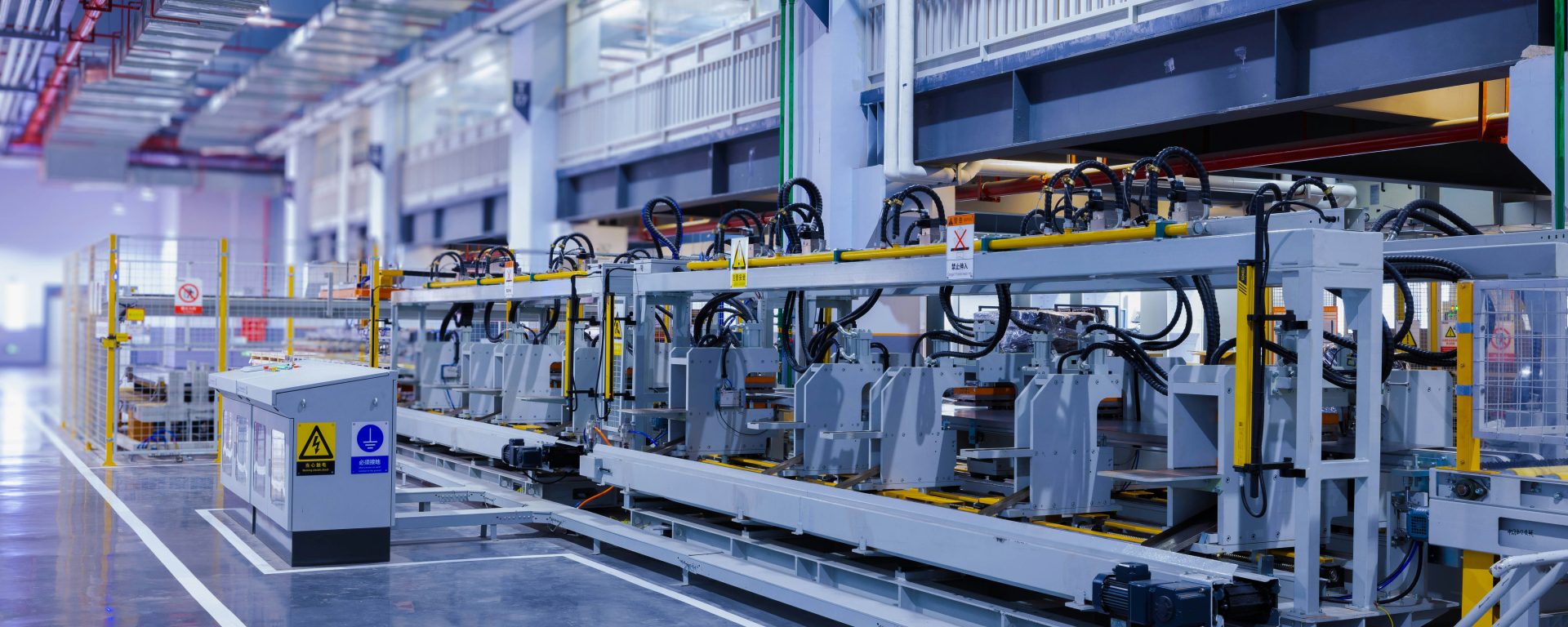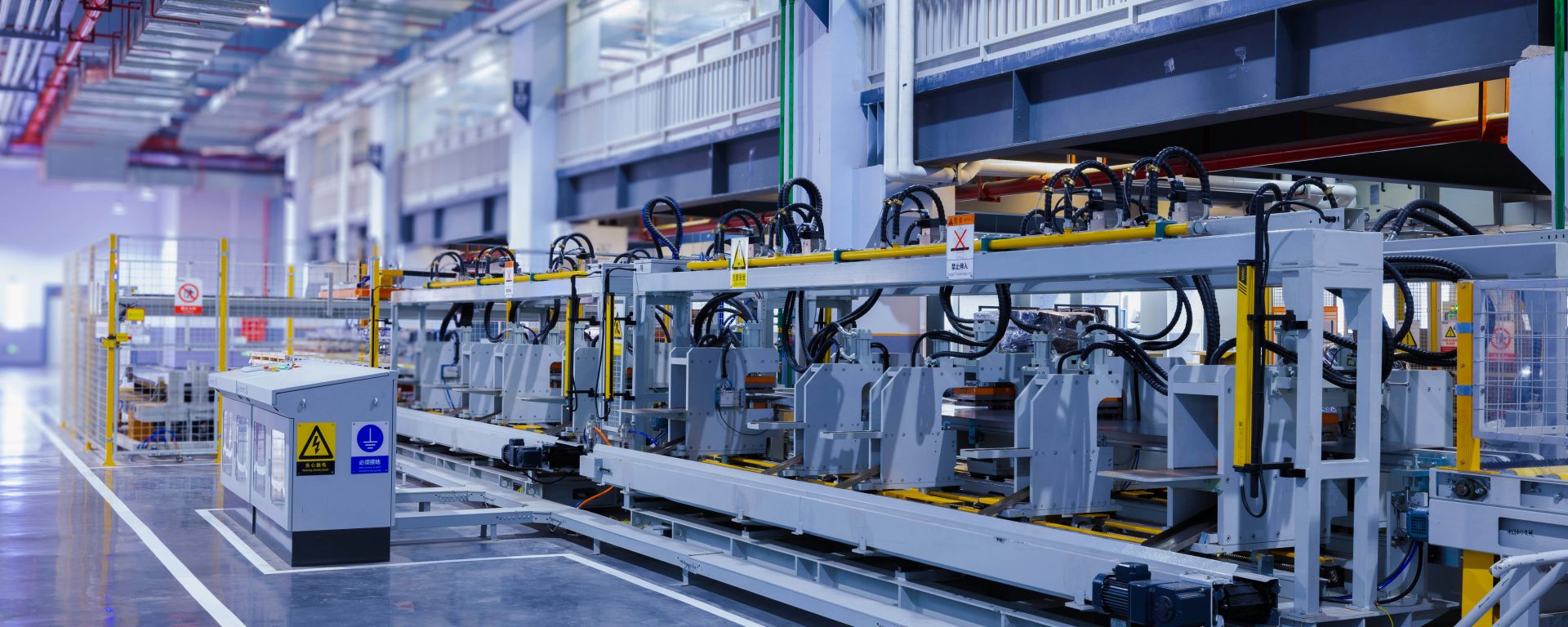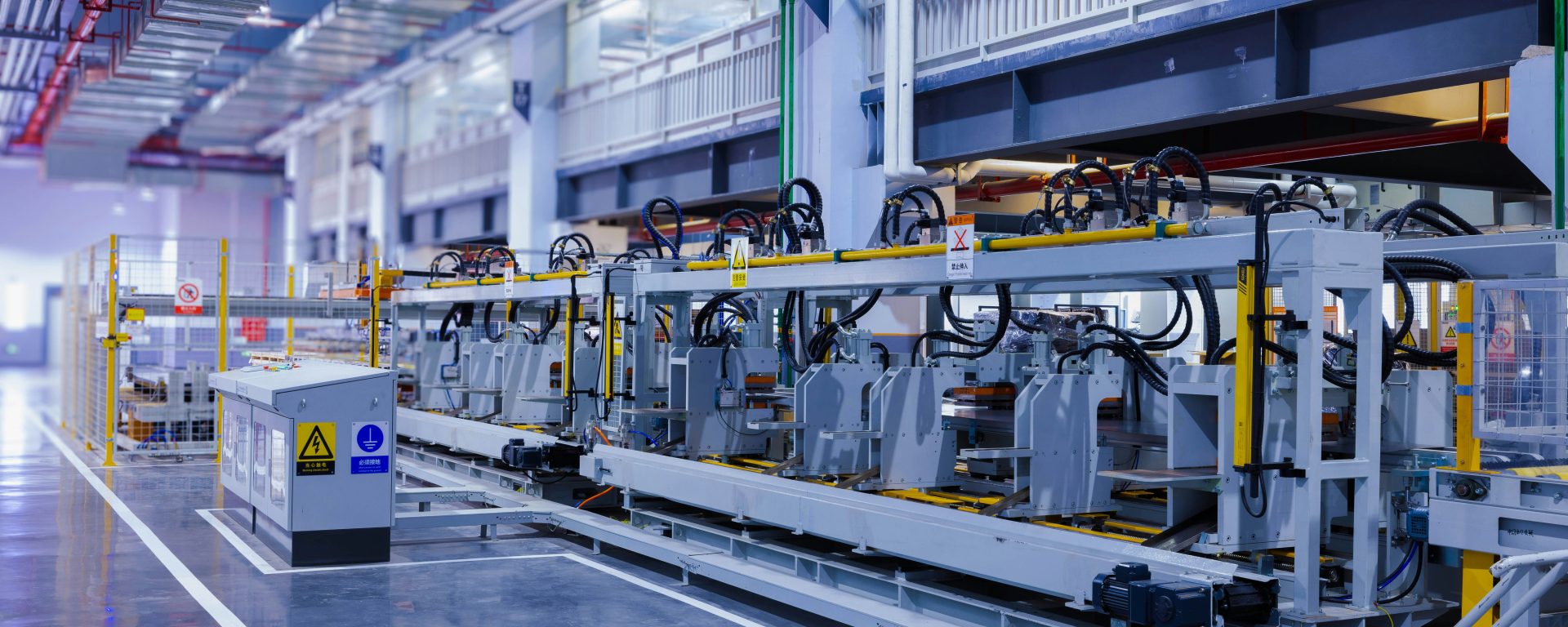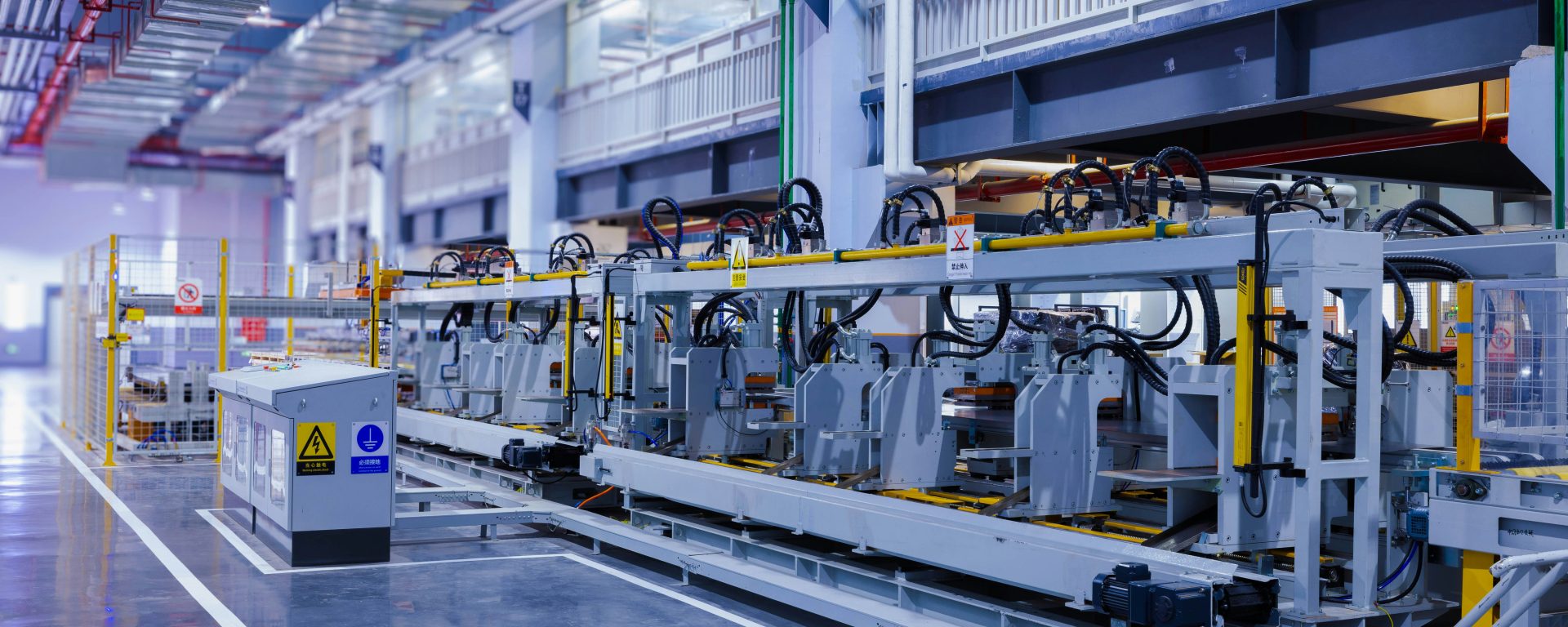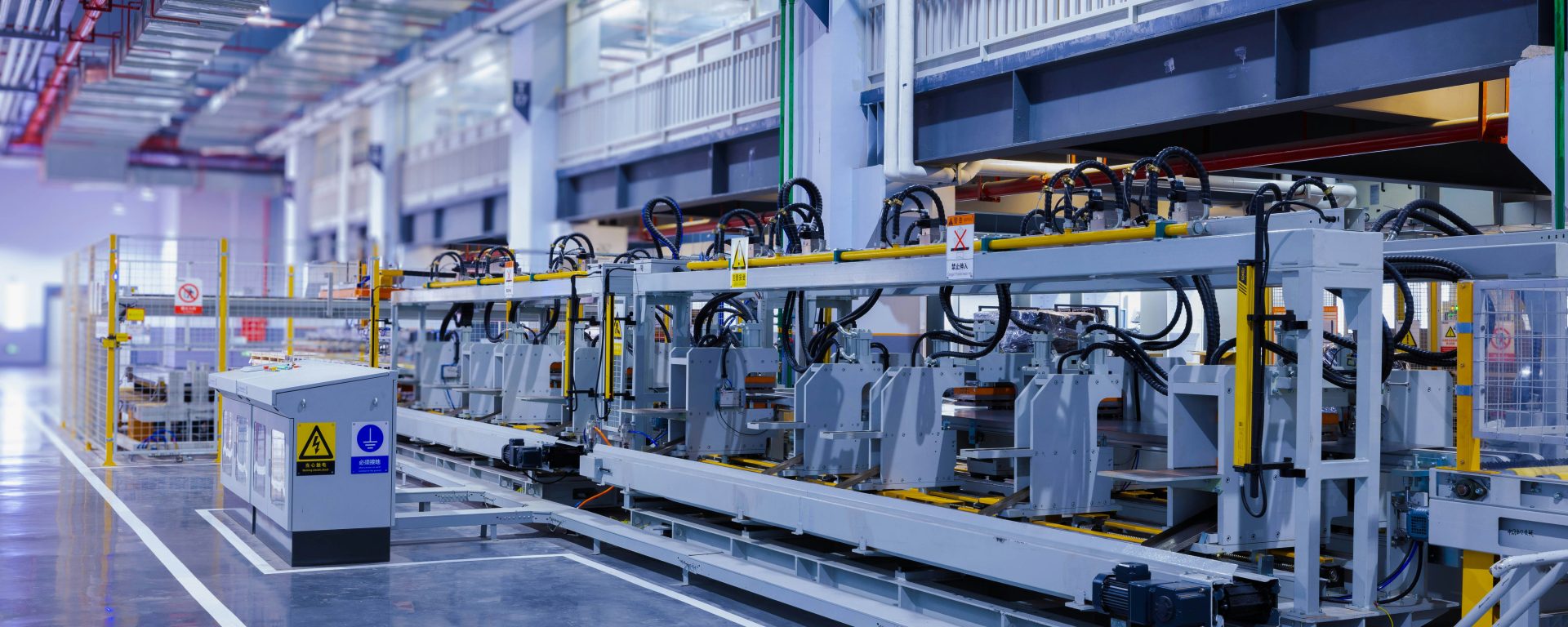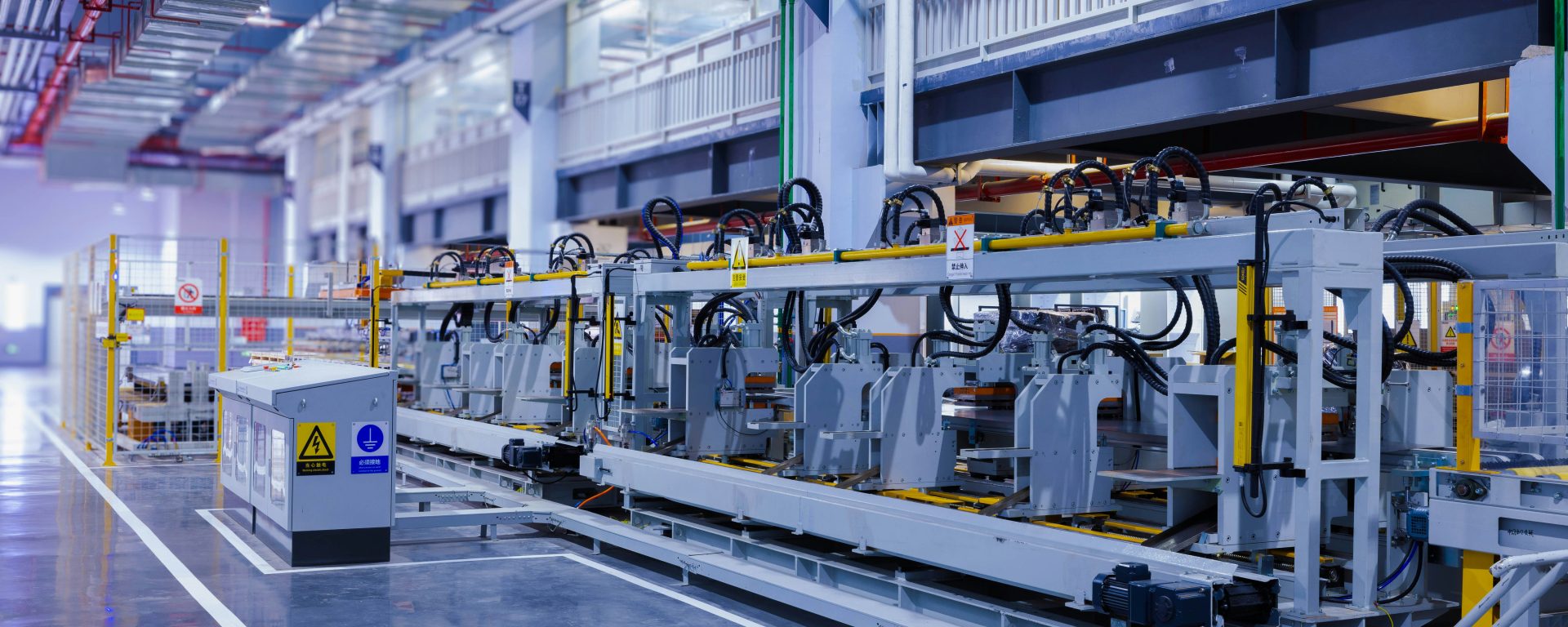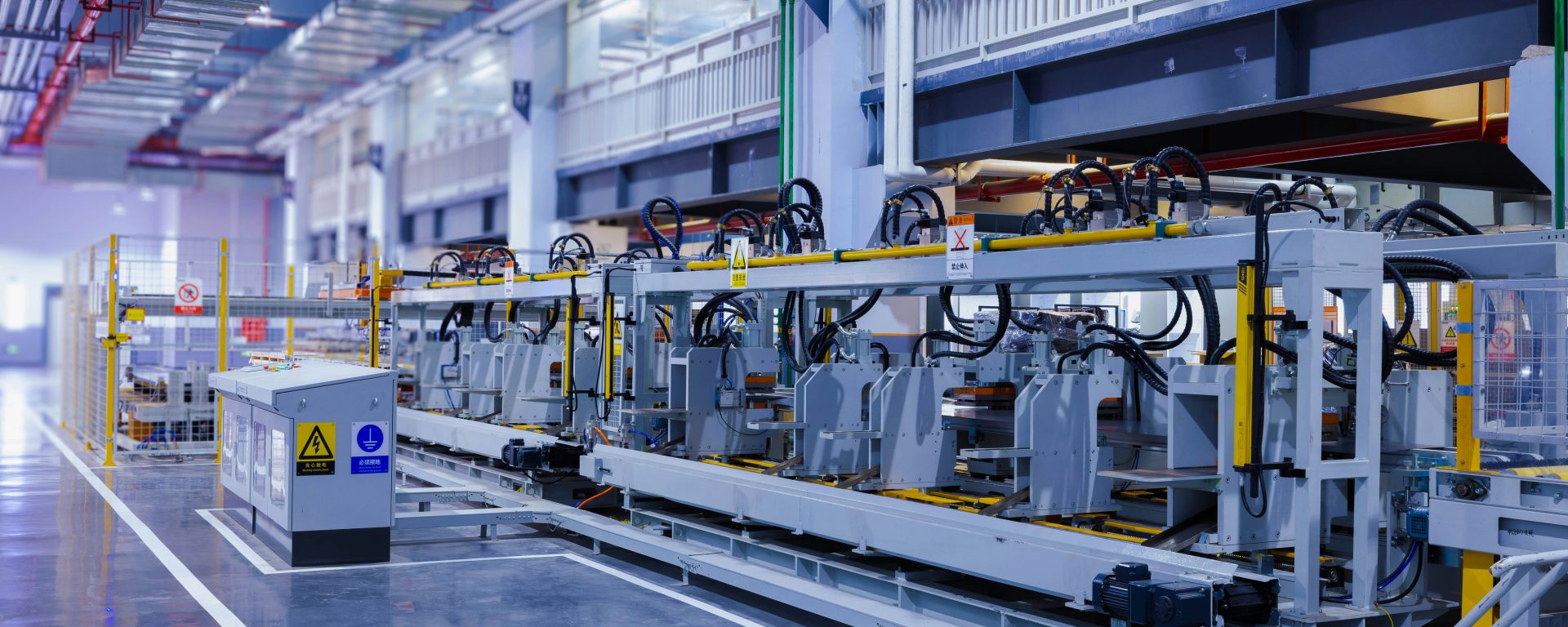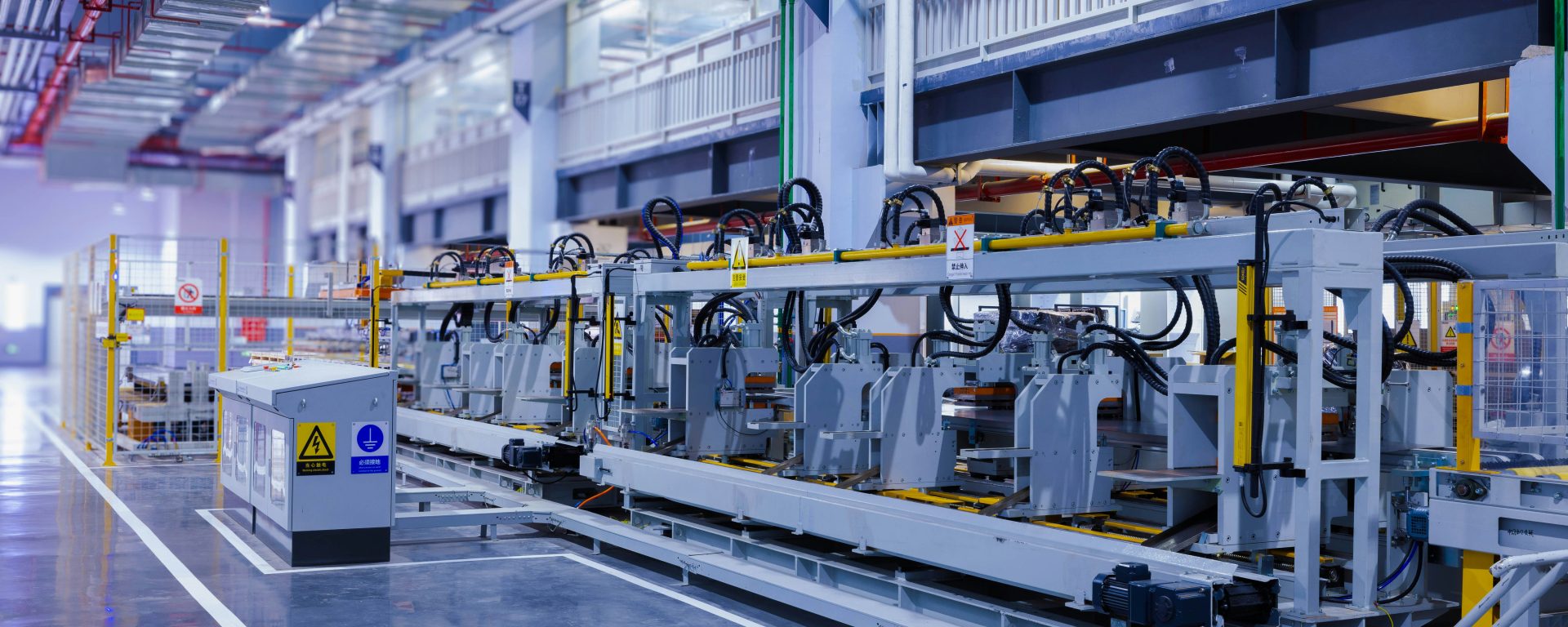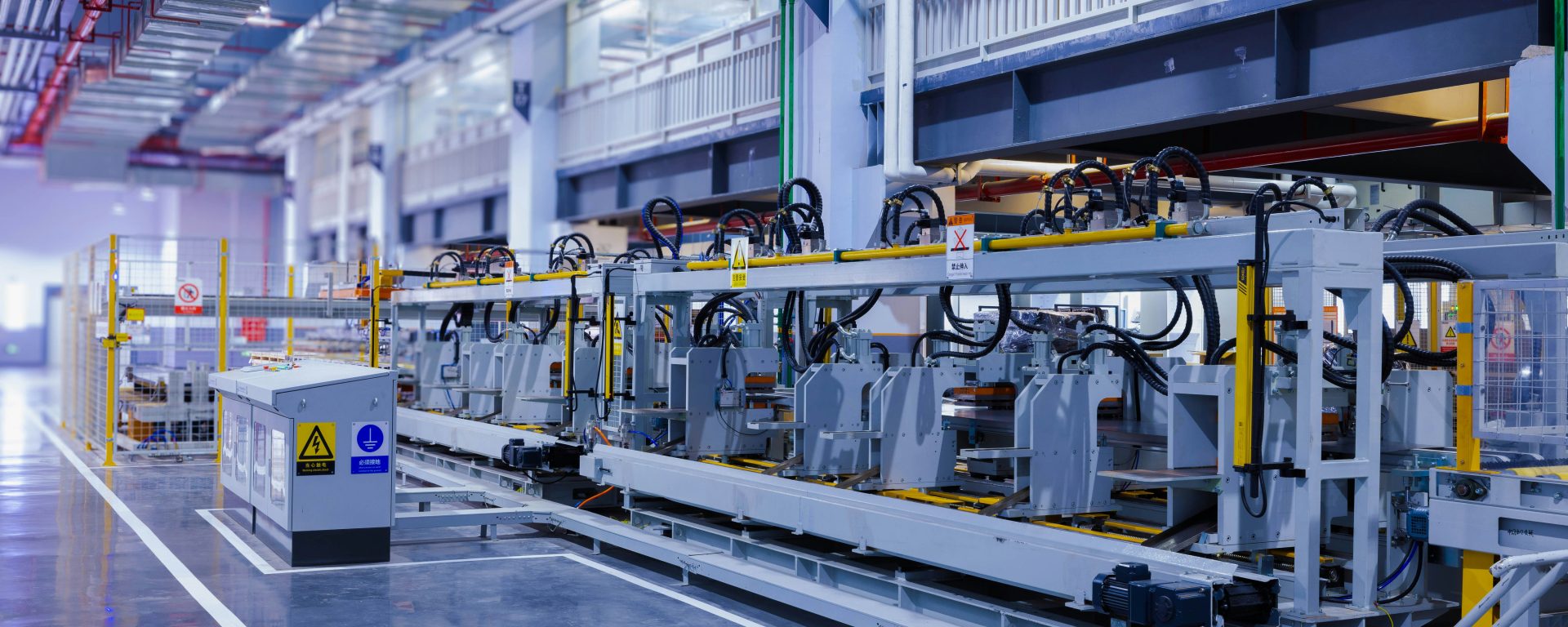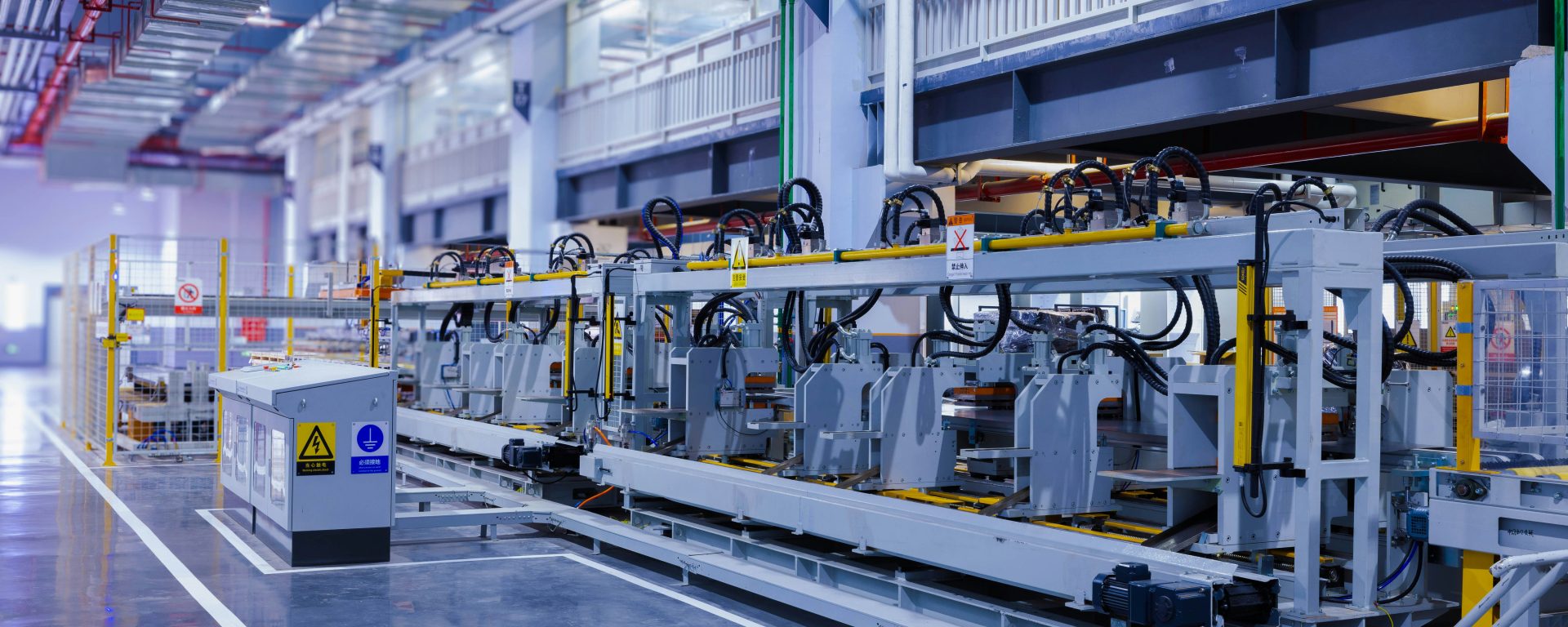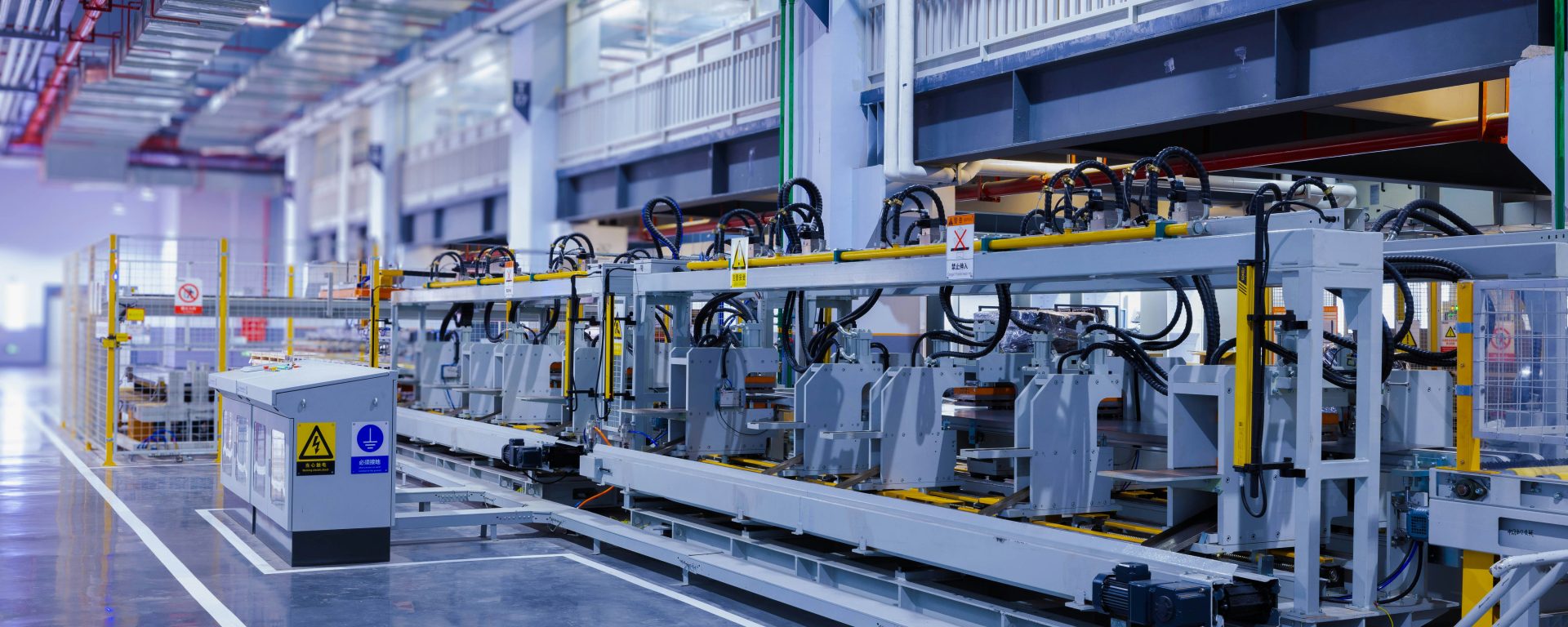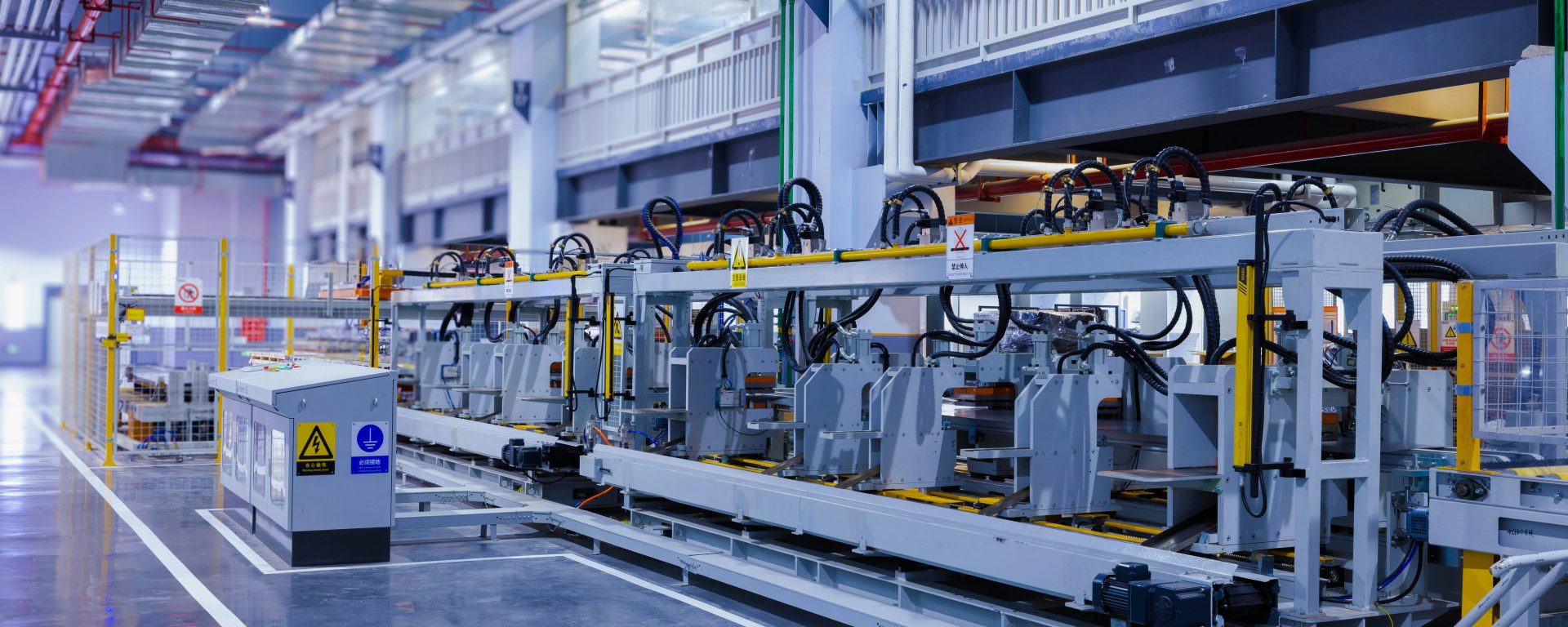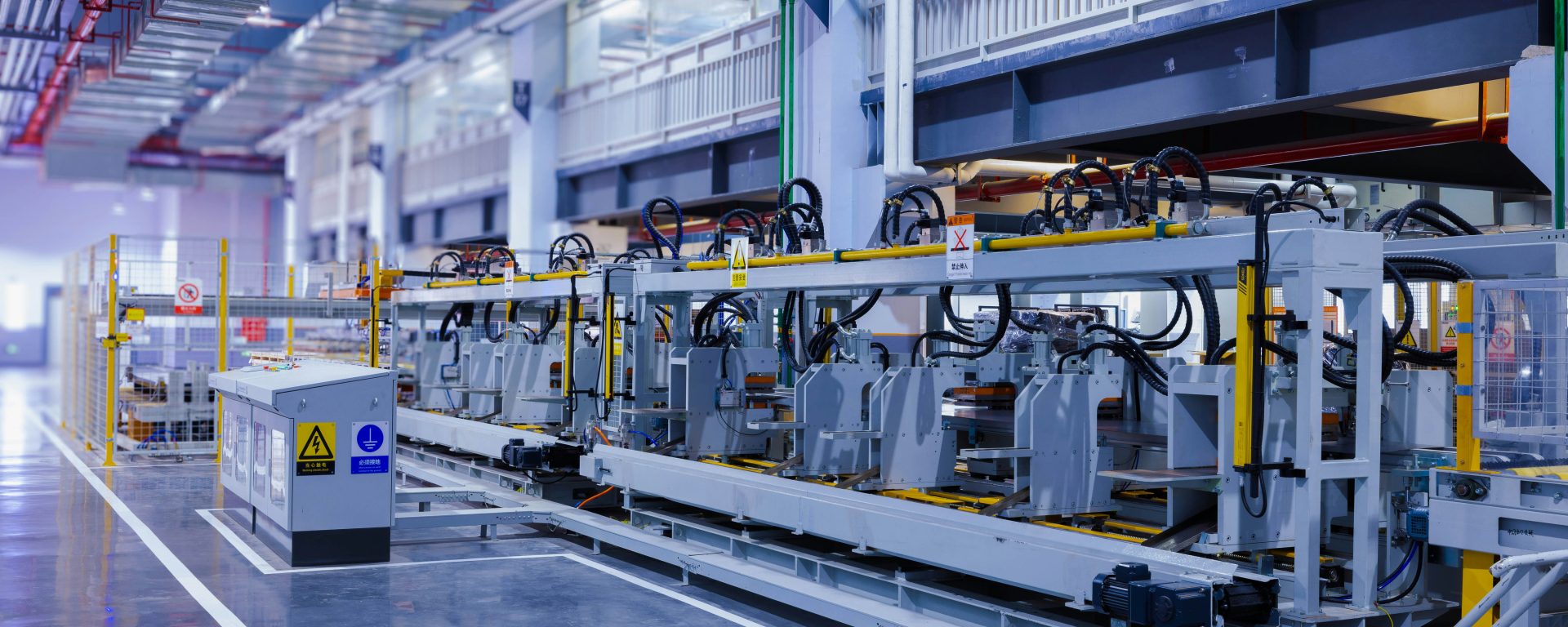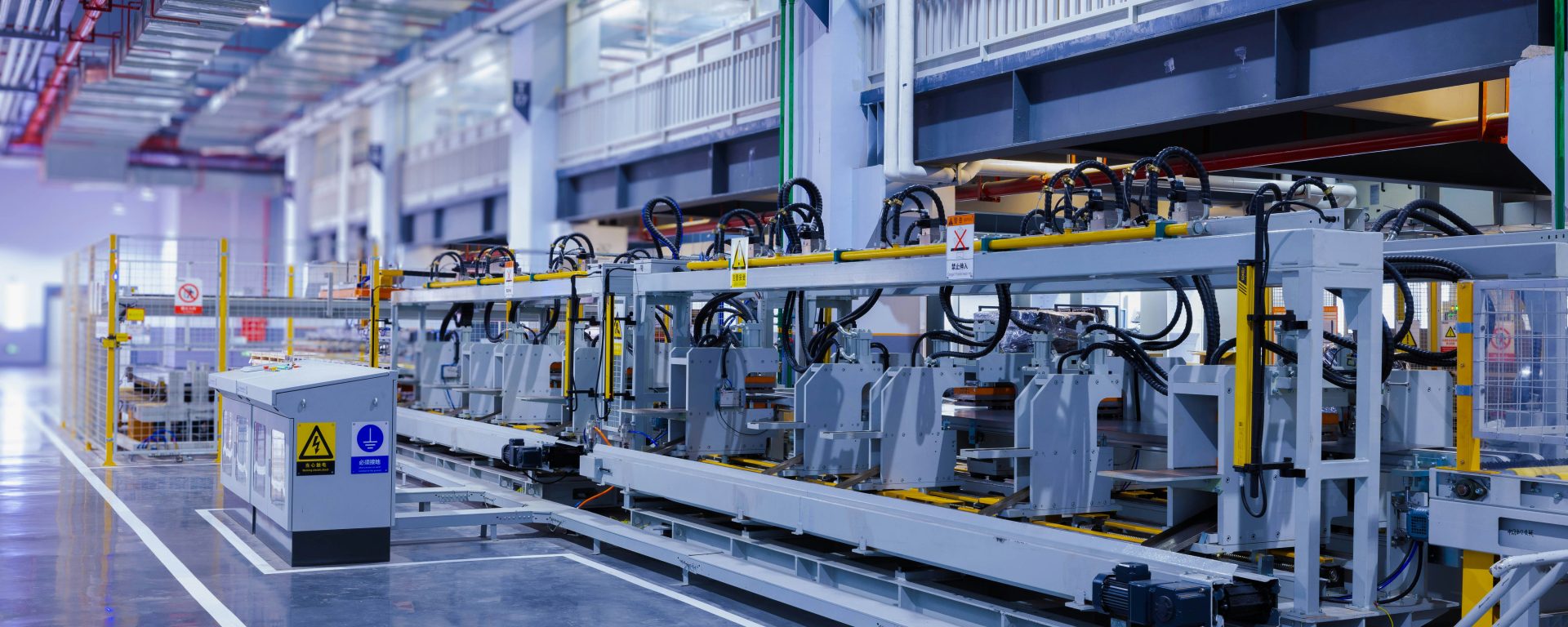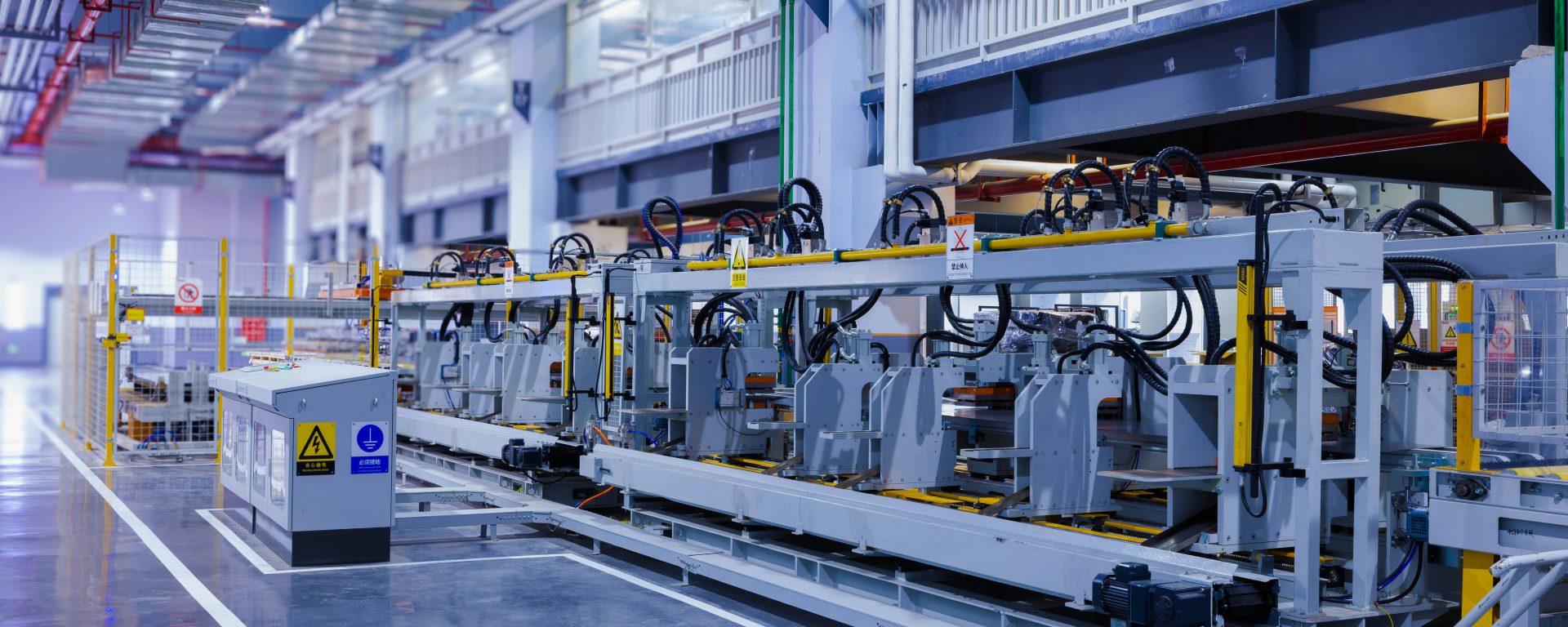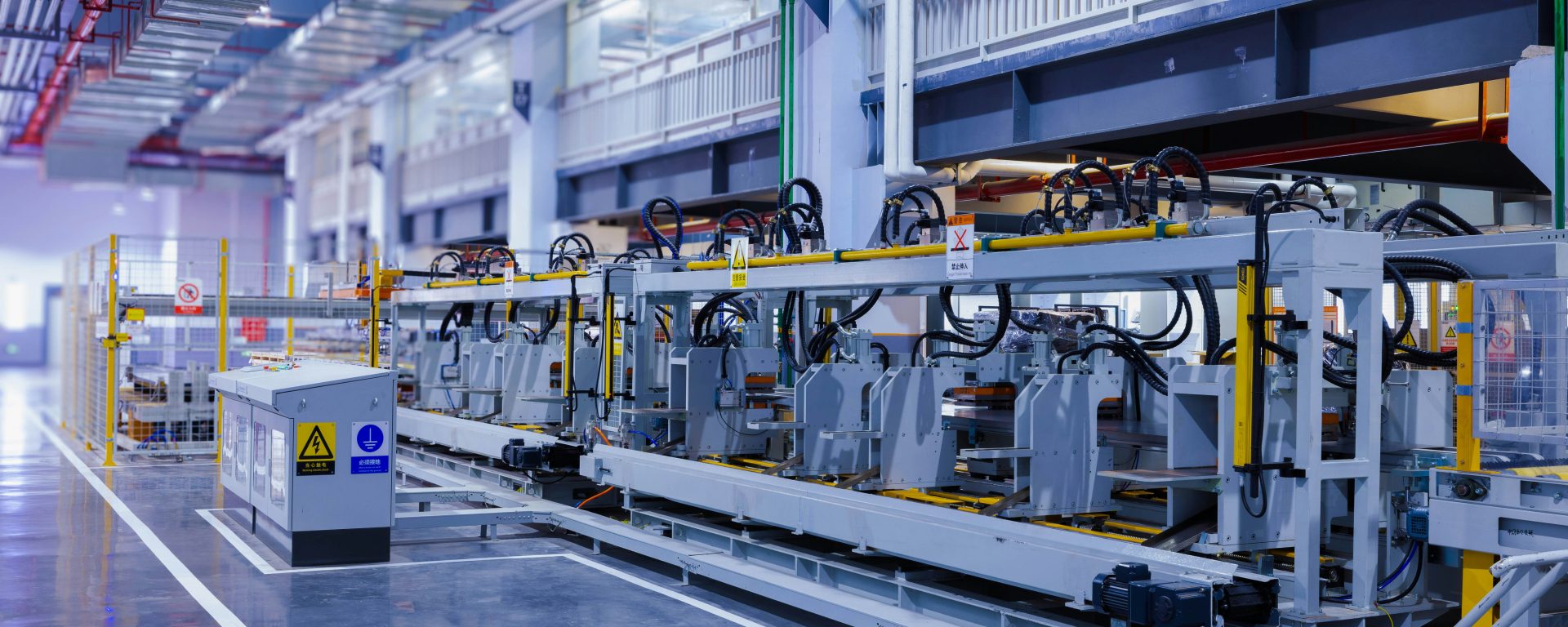Optical Equipment Production Manufacturing Insurance: Complete Guide for UK Manufacturers
The optical equipment production manufacturing sector represents one of the most precision-dependent industries in the UK, encompassing the creation of lenses, microscopes, telescopes, medical imaging equipment, camera systems, laser components, and specialized optical instruments. With global optical manufacturing valued at over £30 billion and the UK maintaining a significant position in high-precision optics, manufacturers face unique risks that demand specialized insurance protection.
From contamination in cleanroom environments to calibration errors affecting entire production runs, optical equipment manufacturers operate in an environment where microscopic defects can result in substantial financial losses. This comprehensive guide explores the essential insurance coverage required to protect optical manufacturing operations, the specific risks facing the industry, and strategies for maintaining comprehensive protection in this highly specialized sector.
Understanding the Optical Equipment Manufacturing Landscape
Optical equipment production encompasses diverse manufacturing processes, each presenting distinct insurance considerations. Precision lens manufacturers work with materials requiring exacting tolerances measured in nanometers, while medical optical equipment producers must meet stringent regulatory standards from bodies including the MHRA and FDA for export markets.
The industry includes manufacturers of consumer optical products such as eyeglass lenses and camera equipment, industrial optical systems for quality control and measurement, scientific instruments for research applications, and defense-related optical systems subject to additional security requirements. Each segment faces unique risk profiles requiring tailored insurance approaches.
UK optical manufacturers often operate in highly controlled environments featuring cleanrooms, precision grinding and polishing equipment, coating application systems, and sophisticated testing apparatus. The capital investment in production equipment can reach millions of pounds, while individual production runs may represent significant inventory values requiring comprehensive protection.
Specific Risks Facing Optical Equipment Manufacturers
Contamination and Environmental Control Failures
Optical manufacturing requires exceptionally clean environments, with many processes conducted in ISO Class 5 or better cleanrooms. Contamination events from HVAC failures, improper gowning procedures, or external pollutants can compromise entire production batches. A single particle measuring just micrometers can render precision optical components unusable, potentially resulting in losses exceeding £100,000 for specialized production runs.
Equipment Breakdown and Calibration Issues
Precision grinding machines, coating deposition systems, and interferometric testing equipment represent substantial capital investments requiring regular calibration and maintenance. Equipment breakdowns can halt production for extended periods, while calibration drift may go undetected, producing out-of-specification components that only reveal defects during final testing or worse, after delivery to customers.
Material Defects and Supply Chain Vulnerabilities
Optical glass, crystal materials, and specialized coatings often come from limited suppliers, with some materials requiring months of lead time. Material defects discovered mid-production can render work-in-progress inventory worthless, while supply chain disruptions can prevent manufacturers from fulfilling time-sensitive contracts, particularly in the medical and defense sectors where delivery schedules carry substantial penalties.
Product Liability and Performance Failures
Optical equipment used in medical diagnostics, surgical procedures, or safety-critical applications carries significant liability exposure. A defective surgical microscope lens could contribute to medical errors, while faulty optical components in automotive safety systems might be implicated in accidents. Product liability claims in these sectors can reach millions of pounds, with legal defense costs alone exceeding £50,000.
Intellectual Property and Trade Secret Theft
Optical manufacturing often involves proprietary coating formulations, grinding techniques, and design specifications representing years of research investment. Industrial espionage, employee theft of trade secrets, or cyber breaches exposing technical documentation can undermine competitive advantages and result in substantial economic losses that may not be immediately apparent.
Regulatory Compliance and Certification Issues
Medical optical equipment manufacturers must maintain ISO 13485 certification and comply with Medical Device Regulations, while defense contractors face additional security requirements. Non-compliance can result in production shutdowns, product recalls, and loss of certifications that may take months to reinstate, during which revenue streams are completely interrupted.
Essential Insurance Coverage for Optical Manufacturers
Commercial Combined Insurance
Commercial combined policies provide foundational protection for optical manufacturing facilities, covering buildings, specialized production equipment, raw materials inventory, work-in-progress, and finished goods. Given the high value of optical manufacturing equipment and inventory, coverage limits should reflect replacement costs rather than depreciated values, with particular attention to specialized equipment that may require custom fabrication or extended delivery periods.
Business interruption coverage within combined policies proves particularly critical for optical manufacturers, as production stoppages can extend for months when specialized equipment requires repair or replacement. Coverage should account for the time needed to source replacement equipment, recalibrate systems, revalidate processes, and resume full production capacity, which may exceed twelve months for highly specialized operations.
Product Liability Insurance
Product liability coverage protects manufacturers against claims arising from defective optical products causing injury, property damage, or economic loss. For medical optical equipment manufacturers, minimum coverage of £5 million is advisable, with many larger operations maintaining £10 million or higher limits. Coverage should extend to products liability for components supplied to OEM customers who incorporate optical elements into their own products.
Defense costs coverage within product liability policies proves essential, as technical expert witnesses, product testing, and engineering analysis required to defend claims can easily exceed £100,000 even when claims ultimately prove unfounded. Policies should cover both legal defense and any settlements or judgments, with aggregate limits sufficient to address multiple claims that might arise from a single defective production batch.
Professional Indemnity Insurance
Optical manufacturers providing custom design services, optical system integration, or technical consulting require professional indemnity coverage protecting against claims of negligent design, specification errors, or inadequate performance. Coverage typically ranges from £1 million for smaller operations to £5 million for manufacturers serving medical, defense, or aerospace sectors where specification failures can have catastrophic consequences.
Professional indemnity policies should cover pure economic loss claims, where customers suffer financial damages without physical injury or property damage, such as production delays caused by optical components failing to meet specified performance parameters. Retroactive coverage dates should precede the policy inception to cover claims arising from past work that may only manifest years later.
Equipment Breakdown Insurance
Specialized equipment breakdown coverage addresses the unique vulnerabilities of optical manufacturing machinery, including precision grinding equipment, vacuum coating systems, laser processing equipment, and metrology instruments. Standard property insurance typically excludes mechanical and electrical breakdown, making dedicated equipment breakdown coverage essential for operations dependent on specialized machinery.
Coverage should include not only repair or replacement costs but also expediting expenses to accelerate equipment delivery, temporary equipment rental, and business interruption losses during the breakdown period. For manufacturers operating continuous production processes, coverage for spoilage of work-in-progress during equipment failures prevents substantial uninsured losses.
Cyber Insurance and Data Protection
Modern optical manufacturing relies heavily on computer-controlled production equipment, CAD/CAM systems, and digital quality control databases. Cyber insurance protects against ransomware attacks that could halt production, data breaches exposing proprietary designs or customer information, and system failures interrupting manufacturing operations. Coverage should include business interruption losses from cyber events, which may not be covered under traditional business interruption policies.
For manufacturers holding customer technical data or personal information of employees and clients, data protection liability coverage addresses GDPR breach notification costs, regulatory fines, and compensation to affected individuals. With ICO fines for serious breaches potentially reaching millions of pounds, adequate cyber liability limits have become essential rather than optional.
Employers Liability Insurance
Employers liability insurance remains a legal requirement for UK manufacturers employing staff, with minimum coverage of £5 million. Optical manufacturing presents specific employee risks including exposure to grinding dust, chemical coating materials, laser radiation, and repetitive strain injuries from precision assembly work. Coverage should address both immediate injury claims and occupational disease claims that may emerge years after exposure.
Public Liability Insurance
Public liability coverage protects against third-party injury or property damage claims arising from manufacturing operations, typically with minimum limits of £5 million. For optical manufacturers hosting customer visits, conducting on-site installations, or operating demonstration facilities, public liability coverage proves essential for addressing visitor injuries, damage to customer property during installation, or pollution incidents affecting neighboring properties.
Transit and Marine Cargo Insurance
Optical components often represent high value relative to their size and weight, making them attractive theft targets during transportation. Transit insurance covers goods during domestic and international shipment, protecting against theft, damage, and loss. For manufacturers exporting globally, marine cargo insurance extends coverage to ocean and air freight, addressing the extended transit times and handling risks associated with international logistics.
Product Recall Insurance
When defects are discovered in optical products after distribution, manufacturers may face recall costs including customer notification, product retrieval, disposal, and replacement. Product recall insurance covers these direct costs plus business interruption losses during the recall period and brand rehabilitation expenses. For medical optical equipment manufacturers, recall coverage proves particularly valuable given the regulatory requirements for prompt action when safety issues are identified.
Regulatory Compliance and Insurance Implications
Optical equipment manufacturers face complex regulatory landscapes that directly impact insurance requirements and risk profiles. Medical device manufacturers must comply with UK Medical Device Regulations and maintain ISO 13485 certification, with insurance policies needing to address regulatory penalties, recall costs, and business interruption from compliance failures.
Defense and aerospace optical manufacturers face additional security requirements under ITAR (International Traffic in Arms Regulations) for US exports or UK export control regulations, with insurance policies needing to address potential penalties for inadvertent violations and the costs of implementing corrective measures.
Environmental regulations governing chemical usage in coating processes, waste disposal, and air quality control create additional insurance considerations. Environmental liability coverage addresses cleanup costs, third-party damages, and regulatory penalties from pollution incidents, which standard policies typically exclude.
Quality management system certifications including ISO 9001 and industry-specific standards may be required by major customers, with certification loss potentially triggering business interruption claims. Insurance policies should address the costs of recertification and revenue losses during suspension periods.
Risk Management Strategies for Optical Manufacturers
Environmental Control and Contamination Prevention
Implementing robust cleanroom protocols, regular HVAC system maintenance, and contamination monitoring reduces the frequency and severity of environmental control failures. Documented procedures, staff training, and redundant filtration systems demonstrate risk management commitment to insurers, potentially qualifying operations for premium reductions.
Preventive Maintenance and Calibration Programs
Scheduled maintenance of production equipment, regular calibration verification, and predictive maintenance monitoring minimize unexpected breakdowns and quality failures. Maintenance records provide evidence of due diligence that can support insurance claims and demonstrate responsible risk management to underwriters.
Quality Control and Testing Protocols
Comprehensive quality control procedures including in-process inspection, final product testing, and statistical process control reduce the likelihood of defective products reaching customers. Documented quality systems not only support regulatory compliance but also provide evidence of reasonable care in product liability claims.
Supply Chain Diversification
Qualifying multiple suppliers for critical materials and maintaining strategic inventory buffers reduces vulnerability to supply chain disruptions. While carrying additional inventory increases property insurance premiums, the business continuity benefits typically justify the investment for materials with extended lead times.
Cybersecurity Measures
Implementing network segmentation, regular software updates, employee cybersecurity training, and incident response plans reduces cyber risk exposure. Many cyber insurers now require specific security controls as policy conditions, with coverage potentially voided if minimum standards are not maintained.
Contract Review and Limitation of Liability
Carefully negotiated contract terms including limitation of liability clauses, warranty disclaimers, and indemnification provisions can significantly reduce exposure to customer claims. Legal review of standard terms and conditions ensures that contractual risk allocation aligns with insurance coverage, preventing gaps where neither party bears clear responsibility.
Insurance Cost Factors for Optical Manufacturers
Premium costs for optical manufacturing insurance vary substantially based on multiple factors. Annual revenue represents a primary rating factor, with premiums typically ranging from 1.5% to 4% of turnover for comprehensive coverage packages. Manufacturers serving medical, defense, or aerospace sectors generally face higher premiums due to elevated liability exposures and stringent regulatory requirements.
Claims history significantly impacts pricing, with manufacturers maintaining clean loss records for five or more years qualifying for substantial discounts. Conversely, recent product liability claims or significant property losses can increase premiums by 50% or more, with some insurers declining coverage entirely for operations with adverse claims patterns.
Risk management practices including quality certifications, documented maintenance programs, and robust quality control systems demonstrate operational maturity that insurers reward with premium reductions. Manufacturers investing in risk mitigation often achieve 10-20% premium savings compared to operations with minimal documented controls.
Coverage limits and deductibles create direct premium impacts, with higher limits increasing costs while larger deductibles reduce premiums. Manufacturers should balance premium savings from higher deductibles against their financial capacity to absorb retained losses, typically selecting deductibles representing no more than 1-2% of annual revenue.
Selecting the Right Insurance Provider
Choosing an insurance provider with optical manufacturing expertise proves essential for securing appropriate coverage at competitive rates. Specialist commercial insurance brokers understand the unique risks facing optical manufacturers and maintain relationships with insurers offering tailored products for the sector.
Insurers with manufacturing sector experience provide more accurate risk assessment, reducing the likelihood of coverage gaps or inappropriate exclusions. They also demonstrate greater flexibility in claims handling, understanding that optical manufacturing claims often involve complex technical issues requiring specialized expertise to evaluate properly.
Policy terms require careful review, with particular attention to exclusions, coverage triggers, and claims notification requirements. Standard manufacturing policies may contain exclusions inappropriate for optical manufacturing, such as limitations on cleanroom contamination claims or restrictions on coverage for precision equipment calibration issues.
Annual policy reviews ensure that coverage evolves with business growth, new product lines, expanded export markets, or changes in regulatory requirements. Manufacturers should notify insurers promptly of significant operational changes to maintain continuous coverage and avoid potential coverage disputes.
The Claims Process for Optical Manufacturers
When incidents occur, prompt notification to insurers proves essential, with most policies requiring notification within specific timeframes. Delayed notification can jeopardize coverage, particularly for liability claims where early investigation and evidence preservation prove critical.
Documenting losses thoroughly supports efficient claims processing, with optical manufacturers needing to provide production records, quality control data, equipment maintenance logs, and financial documentation quantifying business interruption losses. Detailed documentation reduces disputes and accelerates claim settlements.
For product liability claims, manufacturers should avoid admitting fault or making commitments to claimants without insurer consultation, as such actions may prejudice coverage. Insurers typically appoint legal counsel and technical experts to investigate claims, with manufacturers obligated to cooperate fully while allowing insurers to control the defense strategy.
Business interruption claims require detailed financial records demonstrating pre-loss revenue, fixed costs continuing during interruption periods, and projected revenue absent the loss event. Manufacturers should maintain current business continuity plans and financial projections that can support business interruption valuations, as retrospective reconstruction of financial impacts often results in disputes and reduced settlements.
Equipment breakdown claims benefit from immediate expert assessment to determine failure causes and repair requirements. Manufacturers should preserve failed components for insurer inspection and obtain multiple repair quotes to support claim valuations, particularly for specialized equipment where repair costs may be disputed.
Emerging Trends Affecting Optical Manufacturing Insurance
Advanced Manufacturing Technologies
The adoption of additive manufacturing for optical components, automated production systems, and artificial intelligence-driven quality control creates new insurance considerations. While these technologies can reduce certain risks, they introduce novel failure modes and cyber vulnerabilities requiring policy adaptations to ensure comprehensive coverage.
Supply Chain Complexity
Increasing globalization of optical manufacturing supply chains creates extended business interruption exposures when suppliers face disruptions. Contingent business interruption coverage addressing supplier and customer disruptions has become increasingly important, with recent global events highlighting vulnerabilities in extended supply networks.
Sustainability and Environmental Responsibility
Growing emphasis on sustainable manufacturing practices, including solvent reduction, energy efficiency, and circular economy principles, creates both opportunities and risks. While sustainable practices may reduce environmental liability exposures, transitioning to new processes can introduce temporary quality risks during implementation periods.
Regulatory Evolution
Evolving medical device regulations, export control requirements, and data protection standards create ongoing compliance challenges. Insurance policies must adapt to address new regulatory penalties, expanded recall requirements, and emerging liability theories as legal frameworks evolve to address technological advances.
Cyber Threats
Increasing connectivity of manufacturing equipment, cloud-based design systems, and digital supply chain integration expands cyber attack surfaces. Ransomware targeting manufacturing operations has increased substantially, with optical manufacturers representing attractive targets due to high-value production and time-sensitive delivery commitments that incentivize ransom payments.
Real-World Scenarios: Insurance in Action
Contamination Event During Medical Lens Production
A manufacturer of surgical microscope lenses experienced HVAC system failure introducing particulate contamination into their ISO Class 5 cleanroom. The incident compromised three weeks of production representing £180,000 in work-in-progress inventory. Commercial combined insurance covered the inventory loss, while equipment breakdown coverage addressed the HVAC repair costs of £45,000. Business interruption coverage provided £220,000 for lost profits during the six-week period required to clean the facility, revalidate processes, and resume full production. Total claim value exceeded £445,000, demonstrating the substantial exposures from environmental control failures.
Product Liability Claim from Defective Camera Lens
A manufacturer of professional camera lenses faced a claim when coating delamination affected a production batch of 2,500 lenses distributed globally. While no injuries occurred, professional photographers claimed economic losses from missed assignments and equipment downtime. The manufacturer's product liability insurance covered legal defense costs of £85,000 and settlements totaling £340,000 to affected customers. Additionally, product recall insurance covered the £125,000 cost of retrieving and replacing defective lenses. Without adequate insurance, the £550,000 total cost would have severely impacted the manufacturer's financial stability.
Equipment Breakdown Halting Specialized Production
A precision lens grinding machine suffered bearing failure at a manufacturer producing custom optical components for scientific instruments. The specialized equipment required a replacement bearing manufactured in Germany with a 12-week lead time. Equipment breakdown insurance covered the £78,000 repair cost plus £35,000 in expediting fees to reduce delivery time to six weeks. Business interruption coverage provided £190,000 for lost profits during the eight-week total downtime, including time for repair, recalibration, and process revalidation. The comprehensive coverage prevented what could have been a business-threatening loss for the specialized manufacturer.
Practical Steps for Securing Comprehensive Coverage
Step 1: Conduct a Comprehensive Risk Assessment
Begin by identifying all significant risks facing your optical manufacturing operation, including property exposures, liability risks, business interruption vulnerabilities, and regulatory compliance requirements. Engage department heads, quality managers, and production supervisors to ensure all operational risks are identified and quantified.
Step 2: Quantify Potential Loss Exposures
Calculate maximum probable losses for key scenarios including total facility loss, extended business interruption, major product liability claims, and equipment breakdown. These valuations inform appropriate coverage limits and help justify insurance investments to financial stakeholders.
Step 3: Engage a Specialist Insurance Broker
Select a commercial insurance broker with demonstrated optical manufacturing expertise who can access specialist insurers and negotiate competitive terms. Provide comprehensive operational information including production processes, quality systems, regulatory certifications, and risk management practices to support accurate risk assessment.
Step 4: Review Policy Terms Carefully
Examine proposed policies for coverage gaps, inappropriate exclusions, and adequate limits. Pay particular attention to definitions of key terms, claims notification requirements, and conditions that could void coverage if not strictly followed.
Step 5: Implement Recommended Risk Controls
Address any risk management deficiencies identified during the underwriting process, as implementing recommended controls often qualifies operations for premium reductions while genuinely reducing loss exposures.
Step 6: Document Everything
Maintain comprehensive records of equipment maintenance, quality control procedures, employee training, and risk management activities. This documentation supports insurance applications, demonstrates due diligence in claims situations, and provides evidence for premium negotiations.
Step 7: Review Coverage Annually
Conduct annual insurance reviews to ensure coverage remains adequate as operations evolve, revenue grows, and new products are introduced. Notify insurers promptly of significant changes to maintain continuous coverage and avoid potential coverage disputes.
Conclusion: Protecting Your Optical Manufacturing Investment
Optical equipment production manufacturing represents a highly specialized sector where precision, quality, and reliability define success. The substantial capital investments in facilities and equipment, combined with significant liability exposures from product failures, create insurance needs that generic manufacturing policies cannot adequately address.
Comprehensive insurance protection tailored to optical manufacturing operations provides essential financial security against the diverse risks facing the industry. From contamination events and equipment breakdowns to product liability claims and cyber attacks, specialized coverage ensures that individual incidents do not threaten business viability.
The investment in appropriate insurance coverage represents a small fraction of potential loss exposures, with comprehensive protection typically costing 2-3% of annual revenue while protecting against losses that could exceed annual profits multiple times over. For optical manufacturers committed to long-term success, robust insurance coverage is not an optional expense but rather an essential component of sound business management.
By understanding the unique risks facing optical manufacturing operations, selecting appropriate coverage types, implementing effective risk management practices, and partnering with specialist insurance providers, manufacturers can secure the protection needed to operate confidently in this demanding and rewarding industry.
Frequently Asked Questions
What is the minimum insurance coverage required for optical equipment manufacturers?
At minimum, UK optical manufacturers require employers liability insurance (£5 million minimum by law), public liability insurance (£5 million recommended), and property insurance covering buildings, equipment, and inventory at replacement value. Most operations also need product liability coverage of at least £2-5 million depending on their market sector, with medical device manufacturers typically requiring £5-10 million limits.
How much does insurance typically cost for optical manufacturing businesses?
Insurance costs vary substantially based on revenue, products manufactured, claims history, and risk management practices. Comprehensive coverage packages typically cost 1.5-4% of annual turnover, with smaller operations often paying proportionally more due to minimum premiums. A manufacturer with £2 million annual revenue might expect total insurance costs of £30,000-80,000 annually for comprehensive coverage including property, liability, and business interruption protection.
Does standard manufacturing insurance cover cleanroom contamination events?
Standard property insurance typically covers contamination from insured perils such as fire or water damage, but may exclude contamination from equipment malfunction or operational errors. Optical manufacturers should specifically confirm that policies cover cleanroom contamination events, work-in-progress spoilage, and business interruption from environmental control failures, as these represent significant exposures requiring explicit coverage.
What factors most significantly impact insurance premiums for optical manufacturers?
Key premium factors include annual revenue, products manufactured (medical/defense products command higher premiums), claims history over the past five years, quality certifications (ISO 9001, ISO 13485), documented risk management practices, coverage limits selected, and deductible levels. Manufacturers with clean claims records, robust quality systems, and comprehensive risk management programs typically achieve 15-30% lower premiums than comparable operations lacking these attributes.
Is cyber insurance really necessary for optical manufacturers?
Yes, cyber insurance has become essential as optical manufacturing increasingly relies on computer-controlled equipment, digital design systems, and networked operations. Ransomware attacks can halt production entirely, while data breaches may expose proprietary designs or customer information. Traditional property and liability policies typically exclude cyber-related losses, making dedicated cyber coverage necessary to address these growing exposures.
What should be included in business interruption coverage for optical manufacturers?
Business interruption coverage should include lost profits during interruption periods, continuing fixed expenses (rent, salaries, loan payments), extra expenses to minimize interruption (temporary facilities, expedited equipment delivery), and extended periods of indemnity (18-24 months for specialized operations). Coverage should address interruptions from property damage, equipment breakdown, utility failures, supplier disruptions, and customer facility damage preventing product acceptance.
How does product liability insurance work for component manufacturers?
Product liability insurance covers claims arising from defective products causing injury, property damage, or economic loss. For optical component manufacturers supplying OEM customers, coverage should include products liability for components incorporated into customer products, covering both direct claims from end users and indemnification claims from OEM customers. Policies should provide defense coverage for all claims, even frivolous ones, as legal costs can exceed £100,000 regardless of claim merit.
What is equipment breakdown insurance and why is it important?
Equipment breakdown insurance covers mechanical and electrical failures of production equipment, which standard property policies typically exclude. For optical manufacturers dependent on specialized grinding, coating, and testing equipment costing hundreds of thousands of pounds, equipment breakdown coverage proves essential. Policies cover repair/replacement costs, expediting expenses, business interruption during breakdown periods, and spoilage of work-in-progress, providing comprehensive protection against equipment-related losses.
Do I need separate insurance for export activities?
Export activities create additional insurance considerations including marine cargo insurance for goods in transit, foreign liability exposures requiring territorial extensions, and potential political risk coverage for certain markets. Product liability policies should explicitly cover products sold internationally, as some policies limit coverage to UK sales. Manufacturers exporting to the US should consider US-admitted policies or substantial liability limits given the litigious environment and potential for large judgments.
How quickly should I notify my insurer after an incident?
Most policies require prompt notification, with liability policies often specifying notification within days of becoming aware of potential claims. Property damage should be reported immediately to prevent further losses and allow prompt investigation. Delayed notification can jeopardize coverage, particularly for liability claims where evidence preservation and early investigation prove critical. When in doubt, notify insurers promptly even if the full extent of losses remains unclear.
Can insurance cover regulatory penalties and fines?
Coverage for regulatory penalties varies by policy and jurisdiction. Some cyber and professional indemnity policies cover certain regulatory fines (such as GDPR penalties), while others exclude all fines and penalties. Defense costs for regulatory investigations are often covered even when fines themselves are excluded. Manufacturers should specifically review policies to understand what regulatory exposures are covered, as assumptions about coverage often prove incorrect.
What documentation should I maintain to support potential insurance claims?
Maintain comprehensive records including equipment maintenance logs, calibration certificates, quality control data, production records, financial statements, business continuity plans, employee training records, and photographs of facilities and equipment. For business interruption claims, detailed financial records demonstrating pre-loss revenue and fixed costs prove essential. This documentation supports claim valuations and demonstrates due diligence in risk management.
Should I choose the lowest premium or focus on coverage quality?
While premium costs matter, coverage quality should take priority. The cheapest policy often contains restrictive exclusions, inadequate limits, or unfavorable claims handling provisions that become apparent only when claims arise. Focus on securing comprehensive coverage from financially stable insurers with manufacturing expertise, then negotiate competitive premiums through risk management improvements, appropriate deductibles, and competitive bidding among qualified insurers.
How do quality certifications affect insurance costs?
Quality certifications such as ISO 9001, ISO 13485, and industry-specific standards demonstrate operational maturity and risk management commitment that insurers reward with premium reductions. Certified operations typically achieve 10-20% lower premiums compared to non-certified competitors, as documented quality systems reduce the likelihood of product defects, equipment failures, and operational incidents that generate insurance claims.
What happens if I outgrow my current insurance coverage?
As operations expand, existing coverage may become inadequate. Notify your insurer or broker promptly when significant changes occur including revenue growth, new product lines, facility expansions, or entry into new markets. Most policies allow mid-term adjustments to increase limits or add coverage, though premium adjustments will apply. Annual policy reviews ensure coverage evolves appropriately with business growth, preventing dangerous coverage gaps.
Get Expert Insurance Guidance for Your Optical Manufacturing Operation
Protecting your optical equipment production business requires specialized insurance expertise and comprehensive coverage tailored to the unique risks facing precision manufacturing operations. At Insure24, we understand the complex insurance needs of optical manufacturers and work with specialist insurers offering competitive coverage for this demanding sector.
Our experienced team can assess your specific risk profile, identify coverage gaps in existing policies, and secure comprehensive protection at competitive rates. Whether you're manufacturing medical optical equipment, precision lenses, scientific instruments, or specialized optical components, we provide the expertise needed to protect your investment and ensure business continuity.
Contact Insure24 today at 0330 127 2333 or visit www.insure24.co.uk to discuss your optical manufacturing insurance requirements. Our specialist advisors will provide a comprehensive assessment of your insurance needs and deliver tailored solutions protecting your business against the diverse risks facing optical equipment manufacturers.
Don't leave your precision manufacturing operation exposed to uninsured losses. Secure the comprehensive protection your optical manufacturing business deserves with expert guidance from Insure24's specialist commercial insurance team.


 0330 127 2333
0330 127 2333

